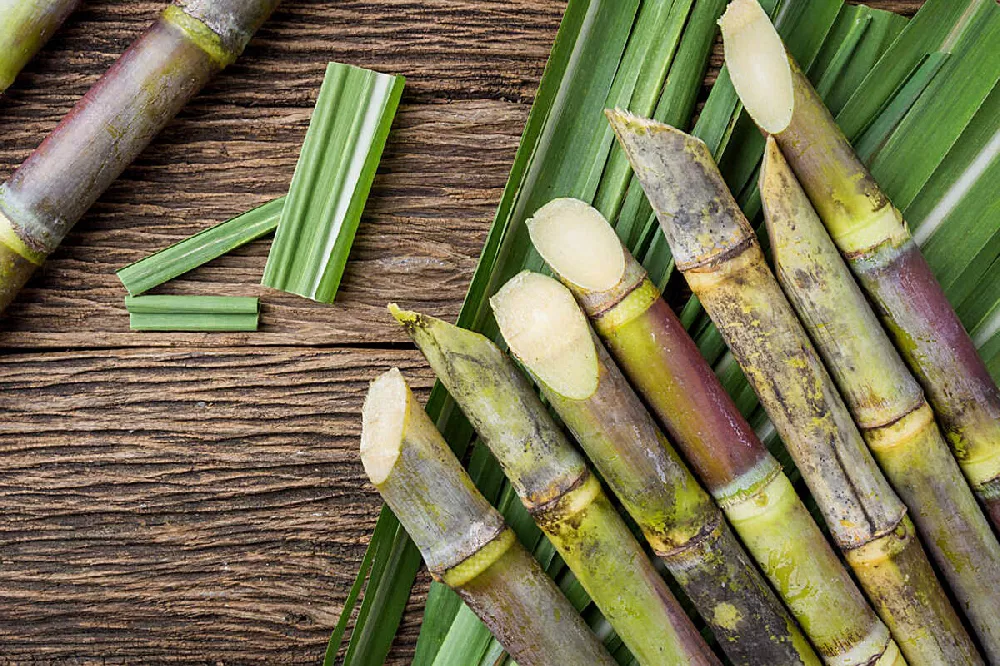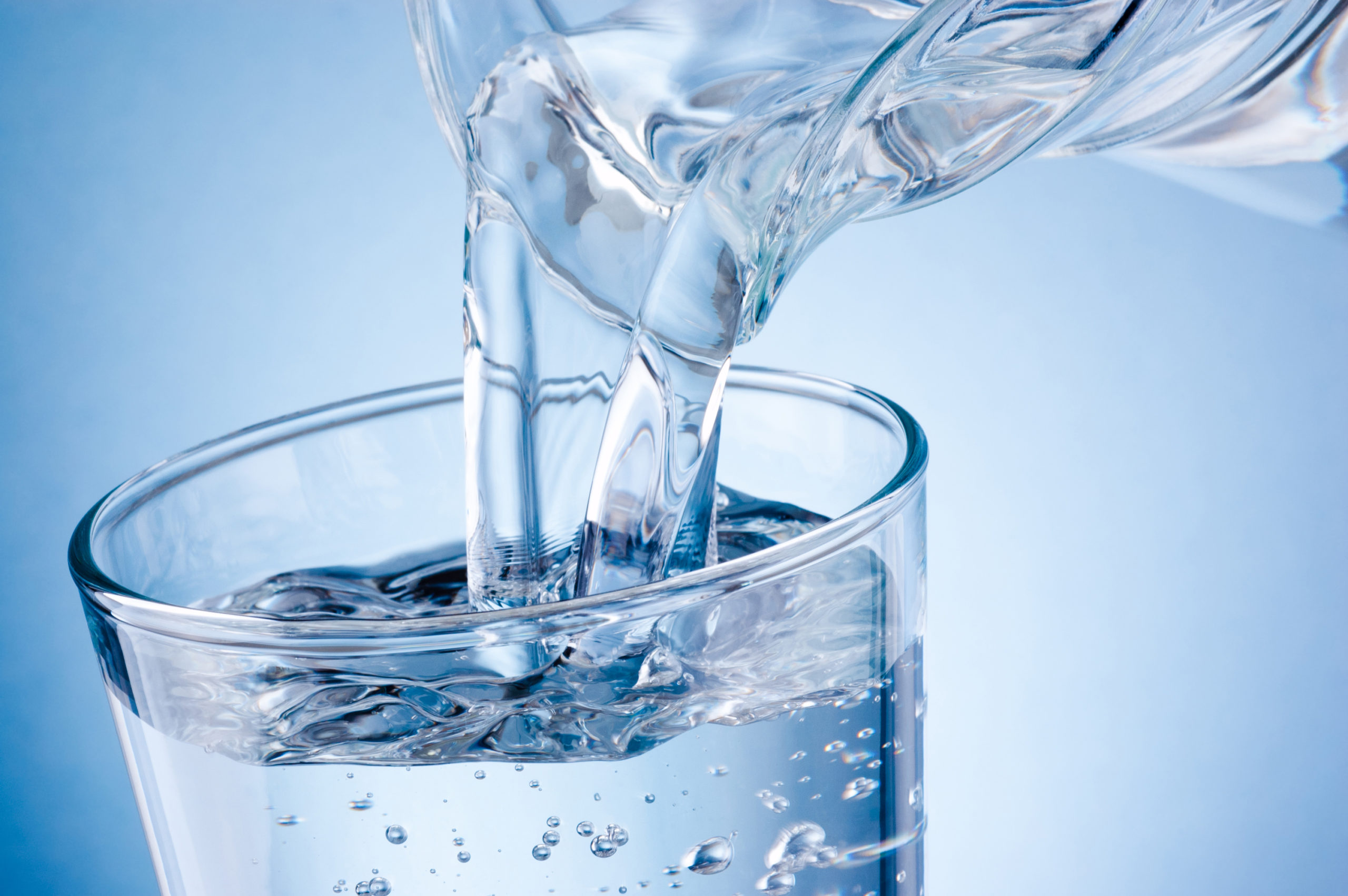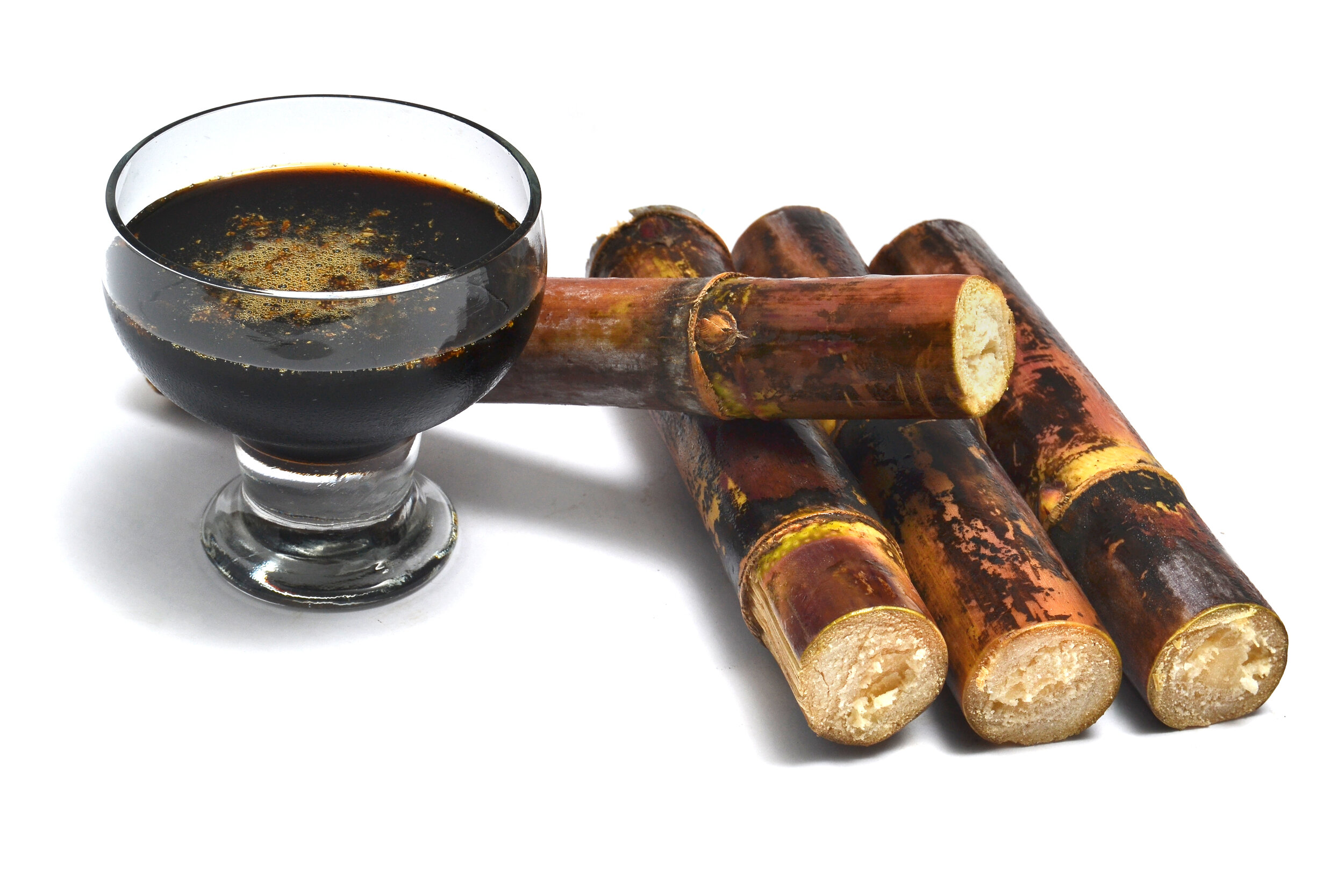The Comprehensive Trip of Sugar Cane: Comprehending Supplies and Production Techniques
The journey of sugar walking stick is an intricate process that begins in exotic regions with perfect growing conditions. Cultivation methods are developed to take full advantage of yield and sustainability. Harvesting techniques range from standard hand-operated methods to contemporary mechanical techniques. After harvest, sugar cane undergoes various handling phases to transform it right into granulated sugar. This expedition reveals not only the intricacies of production but additionally the more comprehensive ramifications for international markets and the setting. What exists yet initial transformation?

The History of Sugar Cane Growing
Sugar walking cane farming dates back thousands of years, its origins can be mapped to the tropical areas of Southeast Asia, where early farmers first identified the plant's wonderful sap. This discovery brought about the growing of sugar walking cane as a staple crop, slowly infecting India and the Middle East. By the initial millennium AD, sugar walking cane was being cultivated in these regions, where strategies for extracting and fine-tuning sugar were developed.The plant obtained importance in Europe during the Campaigns, as returning soldiers brought expertise of sugar production back home. By the 15th century, the establishment of sugar haciendas began in the Caribbean, driven by the need for sugar in Europe. The transatlantic slave labor sustained this growth, as shackled labor was used to optimize production. Over centuries, sugar cane cultivation advanced, affecting economic situations and cultures worldwide, making it a considerable farming product.
Expanding Conditions and Agricultural Practices
The effective cultivation of sugar walking cane depends greatly on details expanding conditions and farming techniques. Perfect temperatures range between 20 to 32 levels Celsius, with well-distributed rains of 1,500 to 2,500 millimeters every year. Dirt top quality is crucial; loamy or sandy soils, rich in raw material, advertise healthy growth.Farmers commonly utilize various agricultural techniques to boost yield. Crop turning and intercropping prevail techniques to preserve soil fertility and control parasites. Normal watering may be necessary in drier areas, making certain that the plants obtain ample dampness. Fertilizing, specifically with nitrogen and potassium, is crucial for durable growth.Pest and weed administration techniques, consisting of integrated pest monitoring (IPM), assistance to reduce losses. Lasting methods, such as minimal husbandry and chemical-free farming, are getting traction among producers to protect the atmosphere. Collectively, these elements contribute greatly to the effective production of sugar cane.
Gathering Techniques and Timing
In sugar walking stick production, the choice in between guidebook and mechanical harvesting considerably impacts effectiveness and return. Timing is likewise critical, as harvesting at the optimal minute guarantees optimal sugar content and lessens losses. Understanding these aspects is essential for successful sugar walking cane growing.
Guidebook vs. Mechanical Harvesting
Harvesting sugar cane includes two primary methods: manual and mechanical, each with unique advantages and difficulties. Hands-on harvesting, traditionally carried out by workers using machetes, enables greater accuracy in reducing and reduces damages to the plant. It is typically preferred in areas with irregular terrain or where the crop is sprinkled with various other plants, as workers can navigate these intricacies a lot more effectively. However, it is labor-intensive and taxing. Alternatively, mechanical harvesting utilizes specialized equipments to reduce and accumulate the cane rapidly, enhancing effectiveness and minimizing labor costs. This technique is fit for large procedures yet can bring about greater plant damage and soil compaction. Eventually, the choice between manual and mechanical harvesting depends on various factors, including financial factors to consider and environmental conditions.
Optimal Harvesting Timing
Selecting the appropriate minute to collect sugar cane considerably influences both yield and quality. Ideal harvesting generally occurs when the cane gets to complete maturity, typically between 12 to 18 months after planting. At this stage, sucrose degrees optimal, making sure the very best sugar extraction prices. Weather likewise play an essential role; collecting during dry durations can avoid damage to the walking cane and lessen soil compaction. In addition, keeping track of the plant's shade and leaf drop can show preparedness, as a yellowing of the leaves recommends that the cane is ripe. Prompt harvesting is necessary, as delays can lead to reduced sugar material and increased sensitivity to pests and conditions, ultimately affecting overall production effectiveness.
Processing Approaches: From Cane to Sugar
The processing of sugar walking stick involves crucial extraction techniques that separate the juice from the fibrous plant product. Following extraction, the refining process transforms the raw juice right into crystallized sugar, making certain purity and high quality. Comprehending these approaches is crucial for comprehending the trip of sugar from cane to final item.
Extraction Strategies Introduction
Extraction techniques play a considerable duty in changing sugar walking cane right into functional sugar. The walking stick is gathered and transferred to refining centers where it undertakes detailed washing to eliminate impurities - sugar cane products. The next action involves crushing the walking stick using heavy rollers, which releases the juice including sucrose. This juice is then made clear via the addition of lime and heat, permitting impurities to resolve out. After clarification, the juice is evaporated under controlled temperatures to concentrate the sugar content. Subsequently, condensation happens, where sugar crystals are formed as the focused juice cools down. These strategies assure the reliable removal of sugar while preserving the high quality required for additional handling. Comprehending these techniques is necessary for understanding the general production of sugar from sugar walking stick
Refining Process Explained
Refining sugar from the removed juice is a crucial action that enhances its pureness and top quality. This procedure includes a number of phases, beginning with clarification. The juice is warmed and treated with lime and various other agents to eliminate impurities, resulting in a more clear fluid. Next off, the clarified juice undertakes evaporation, where water is removed to concentrate the sugar web content. The focused syrup is after that taken shape by cooling down, allowing sugar crystals to form. These crystals are separated from the staying syrup, referred to as molasses, via centrifugation. The raw sugar is further improved with cleaning, filtering, and drying, which gets rid of any type of remaining pollutants. The end item is the granulated sugar generally utilized in homes and sectors worldwide, making certain uniformity and sweetness.
Lasting Practices in Sugar Cane Production
Although sugar walking cane production has typically counted on intensive farming approaches, there is an anonymous expanding emphasis on sustainable practices that promote ecological health and financial practicality. Farmers are significantly adopting methods such as plant turning, which enhances dirt fertility and decreases bug problems. Integrated pest administration (IPM) is additionally gaining traction, permitting all-natural killers to control pest populaces, consequently minimizing chemical pesticide use.In enhancement, improvements in irrigation methods, such as drip watering, are being used to preserve water resources. Lasting land monitoring techniques, consisting of lowered tillage, assistance stop soil erosion and keep biodiversity. Furthermore, lots of manufacturers are discovering organic farming approaches, which shun synthetic fertilizers and chemicals altogether, cultivating Your Domain Name a much healthier ecological community.
The International Sugar Market and Economic Impact
Lasting techniques in sugar walking cane production not only benefit the environment but likewise influence the characteristics of the international sugar market. As consumer demand shifts in the direction of fairly created products, nations embracing sustainable methods gain affordable advantages. This trend prompts significant sugar exporters, such as Brazil and India, to integrate environment-friendly methods, thereby influencing international prices and supply chains.Moreover, changes in production due to environment modification and environmental laws can trigger volatility in sugar prices, influencing economic climates reliant on sugar exports. As an example, areas that invest in sustainable farming might experience improved return stability, bring about much better market positioning.Economic impacts prolong past private countries, as global trade arrangements and tolls shape the competitive landscape. Inevitably, the interplay in between sustainable practices and market characteristics underscores the relevance of adaptive methods in a rapidly altering financial environment, influencing both producers and customers in the worldwide sugar market.
Advancements in Sugar Cane Utilization and By-products

As the demand for sustainable sources grows, developments in sugar walking cane application and byproducts are transforming the agricultural landscape. Scientists and business owners are exploring novel applications that expand past traditional sugar production. One considerable advancement is the conversion of bagasse, the coarse deposit left after juice removal, right into bioenergy and bioplastics (sugar cane products). This not just minimizes waste but additionally offers lasting power alternatives for processing facilities.In addition, improvements in fermentation modern technology have actually led to the production of biofuels, such as ethanol, from sugar cane, which adds to cleaner energy remedies. Furthermore, the extraction of molasses has opened methods for creating value-added products like animal feed and specialty spirits.These technologies not just boost the financial feasibility of sugar walking stick growing however likewise promote ecological sustainability, making sugar walking stick a pivotal crop in the shift towards a circular economy. The continuous expedition of its possible continues to yield encouraging results
Frequently Asked Inquiries
What Are the Health Impacts of Consuming Sugar Cane Products?
The wellness results of consuming sugar walking cane products can differ. While they provide energy and vital nutrients, extreme intake may result in weight gain, raised blood glucose levels, and a higher danger of dental issues. Small amounts is crucial.
How Does Environment Change Effect Sugar Cane Production?
Climate modification considerably affects sugar cane production by modifying rainfall patterns and raising temperatures. These modifications can lead to decreased returns, increased bug stress, and challenges in preserving dirt health, inevitably affecting both high quality and amount of harvests.
What Is the Role of Sugar Cane in Biofuel Production?
The duty of sugar cane in biofuel production is considerable; it functions as a renewable resource source, transforming sugars into ethanol. This process lowers dependence on view nonrenewable fuel sources and assists minimize greenhouse gas discharges, advertising environmental sustainability.

Are There Any Type Of Alternate Sweeteners Originated From Sugar Cane?
Alternate sweeteners originated from sugar cane include molasses and cane sugar itself. These products supply sweetening options while retaining some nutritional advantages, making them preferred options for consumers seeking natural options to man-made sugar.
How Does Sugar Cane Farming Affect Resident Communities?
Sugar cane farming significantly impacts neighborhood areas by supplying work chances, increasing local economies, and affecting social structures. However, it can additionally cause ecological worries and health and wellness issues, demanding a well balanced approach to lasting methods.
Comments on “Expert-Approved sugar cane products for Chefs”